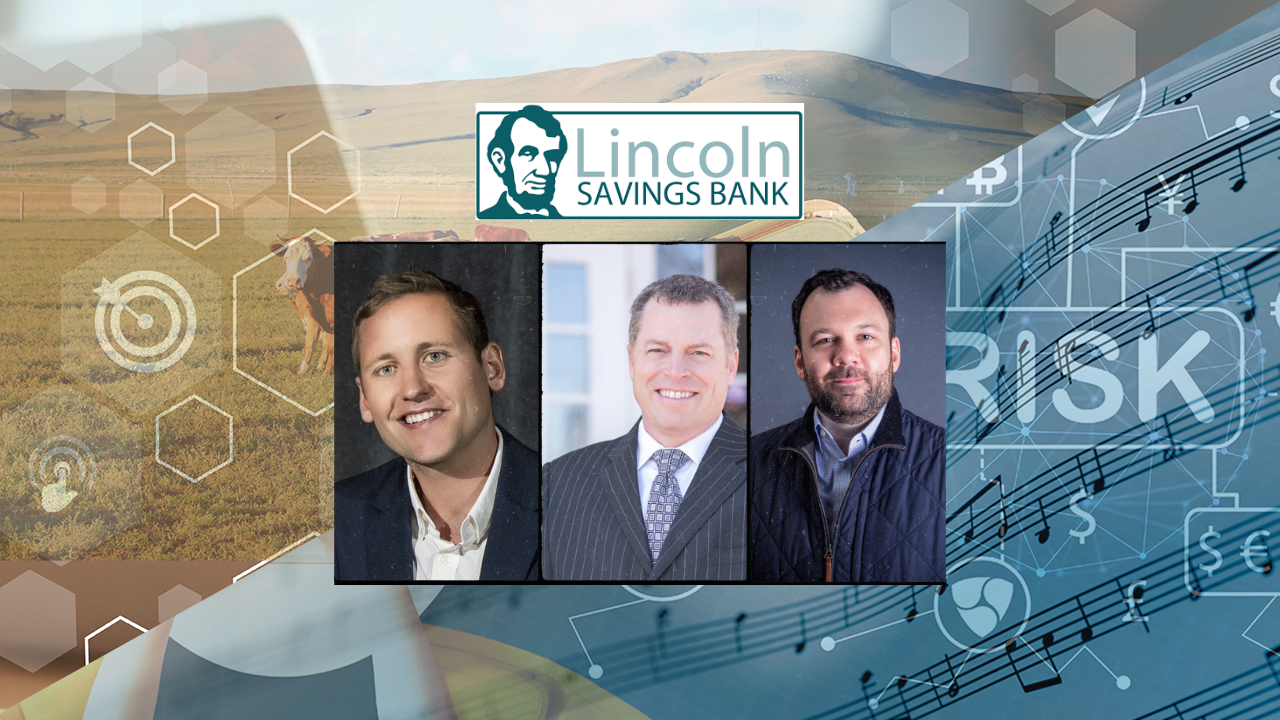Over the past two years, most of the bank industry’s focus has been on rising deposit costs, compressing margins, rate marks, commercial real estate credit concerns, and liquidity levels.
The bank industry, in my experience, has intermediate memory; elevated regulatory scrutiny doesn’t allow it to be short, but the natural occurrence of credit or rate cycles shows that the group is not immune to making mistakes either. In that light, we think industry participants will remain focused on the above items as we move through 2025, particularly if rates are stable and there is uncertainty around inflation.
But at this point in the article, we feel compelled to point out that banks generally now have really good answers to these questions! Margins have troughed and in some cases, are already expanding. Rate marks have improved, and open capital markets have helped several banks add tier 1 capital to their balance sheets. Liquidity has also built to arguably the strongest level we have seen in two decades (possibly longer depending on how measured), with elevated cash levels and a refreshed focus on asset/liability management all the way up to the Board level.
Really, the lone exception to these positive outcomes is credit concerns, which objectively can never be totally removed, only marginalized during periods of time when the economy is “booming.”
With this as a backdrop, we are telling all our bank clients that 2025 is a great time to re-focus messaging on pre-provision net revenue (PPNR) growth and PPNR return on average assets (ROAA). You can’t control one-off credit losses. People die, natural disasters occur, even fraud. Eventually, if you are in the game of making a profit on taking risks, you will lose a dollar at some point.
However, in our frequent contact with institutional investors, sell-side analysts, investment bankers, and bank executives, almost universally, nobody has broad-based credit concerns for the industry over the next four years.
So focus on what matters: is your bank driving profitable growth after an elongated period of compressing income? PPNR growth and profitability are useful metrics to accomplish this. They are simple and uniform throughout the industry, and importantly not impacted by credit volatility. It is an effective measure of top-line growth and operating leverage in the current quarter, and a good long-term indicator of bottom-line profitability trends.
For the 100 largest banks in the U.S., PPNR growth was nearly 10% in the fourth quarter year-on-year, which was the first positive quarter in over a year. Looking at the data even closer, in 4Q23 and 1Q24, PPNR shrunk -21% and -18% year-over-year, but improved dramatically in the back-half of the year before finally turning positive in 4Q24.
I often must remind clients that there are no “rules” to how you communicate your story with external stakeholders. There are certainly some bed-rock principles, such as being transparent and honest. But as bank valuations expanded again after fourth quarter earnings, we’d encourage bankers to think about their PPNR outlooks and how they are communicating them to external stakeholders in order to sustain positive momentum!












